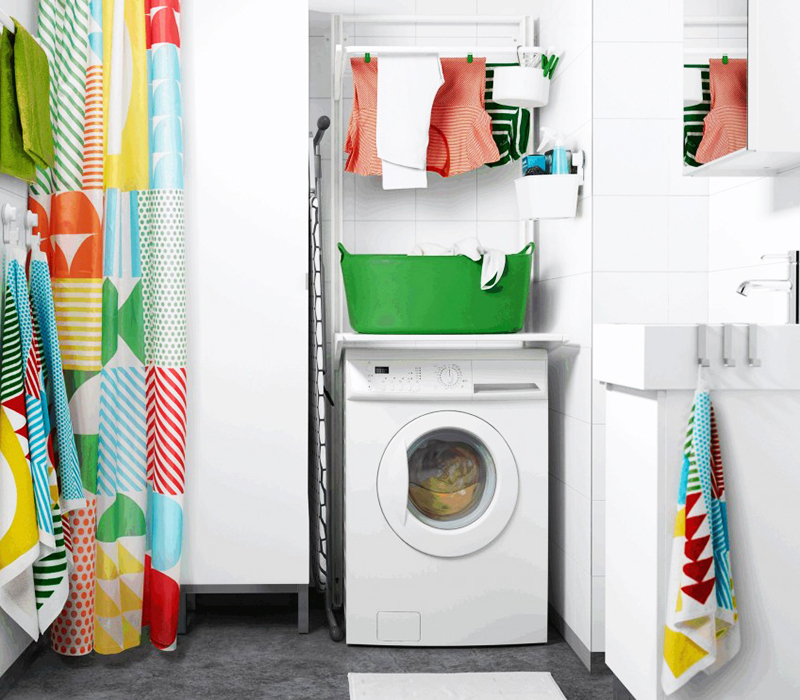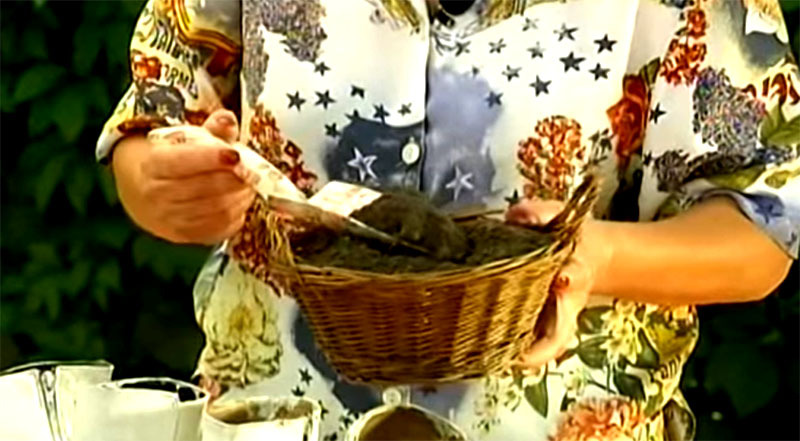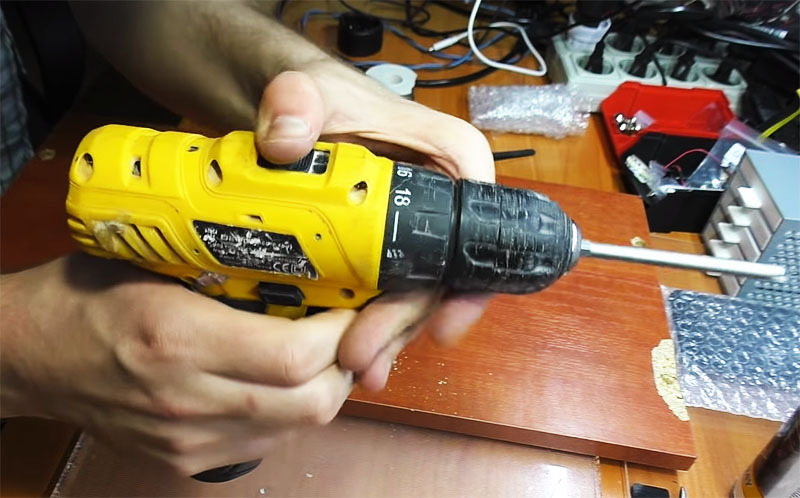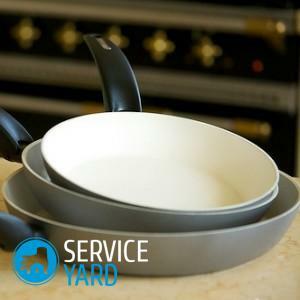
- Our ally - chemistry
- Mechanical methods of ash removal
- Universal solution
- Popular cleaning methods
- How can I clean Teflon and ceramic pans?
- Cleaning in the dishwasher
Over time, any kitchen utensils loses its attractive appearance and beauty even with careful care. This afflicts many housewives, because you want the dishes to be not only functional, but also look good. The oil and fat layer sticks under the influence of high temperatures, and it is very difficult to get rid of it. Most often, this problem occurs with pans, it is on them that we fry-soar our food several times a day. Let's look at how to wash the frying pan from the deposit and fat at home
to the contents ↑Our ally - chemistry
Washing and cleaning products are good at dealing with the problem of light carbon deposits. Therefore, wash the frying pans immediately after using them. The dishwashing liquid will perfectly cope with this task. There are many chemical agents that destroy fat. They are able to get rid of even a thick layer of carbon - "Sif", "Comet", "Silit", "Sanita".
Before cleaning, always wear gloves to protect your hands from aggressive substances. Such tools are recommended to be applied for several hours, so that the product has time to interact and split the fat.
Important! Some housewives use for this purpose compounds intended for cleaning the toilet bowls. In any case, after the use of chemicals, it is necessary to thoroughly wash the dishes, because then you will prepare food for the whole family, including children.
In addition, you need to know that some types of materials used to make frying pans do not tolerate aggressive chemistry. These include aluminum utensils, as well as their "counterparts" with Teflon coating.
to the contents ↑Mechanical methods of removing the deposit
The thickest layer of carbon deposits is formed from the outside of the pan, it is very difficult to remove. What to do and how to clean a frying pan from a strong deposit? The best way is to deal with this mechanical cleaning methods:
- The cast iron frying pan can be cleaned with a metal scraper. This is a long and time-consuming process, and to facilitate and speed it up, it is necessary to periodically heat a frying pan over any fire.
Important! This method is also suitable for an aluminum frying pan, just here it is necessary to act more carefully so as not to damage the metal. Aluminum can not be kept long over fire. Instead of a scraper, you can use a knife.
- The soldering lamp can help. With its help, it is necessary to heat the frying pan and remove the deposits of carbon. It is better to do it in the fresh air or in the garage.
- You can use a grinder or a drill with a special nozzle. But here it is better to give this work to men who will cope with this much better. Work better outdoors, in goggles and a respirator.
Important! These methods are not suitable for teflon and ceramic frying pans.
to content ↑Universal solution
There is a special tool that is easy to prepare at home and which is suitable for any type of frying pans. It contains the following components:
- 500 grams of baking soda;
- bar of laundry soap;
- two packages of silicate adhesive.
In addition, you will need a large capacity to digest the frying pan.
Important! If the griddle has a wooden handle, remove it.
Do the following:
- Fill the tank with water, put it on the fire for heating.
- Soap is rubbed on the grater, add to the water.
- Then add the same silicate glue and soda.
- All components must be dissolved and mixed well. Then put a frying pan or other dishes with carbon.
- Bring to a boil and leave for another 15 minutes. After that, turn off, close the lid and leave for 2-3 hours.
- Then mine with a normal sponge. You can use a metal scraper to remove pieces of carbon.
- After cleaning, the pan should be rinsed well in running water.
Important! Open windows and windows, turn on the hood, since this solution has an unpleasant smell.
to the contents ↑Popular cleaning methods
There are many time-tested folk ways how to clean a frying pan from carbon at home. They were also used by our grandmothers, although they are suitable mainly for cleaning cast iron, aluminum pans and stainless steel products.
Salt
This is the most accessible method that we inherited from our grandmothers. It is usually used for cleaning stainless steel frying pans:
- To do this, take a half-glass of salt and sprinkle it evenly on the bottom.
- Next it is necessary to leave the utensils for several hours and then to remove the residue of the deposit by means of a regular sponge under the stream of water.
Soda
Another popular method is how to clean an aluminum frying pan from carbon deposits at home, which is used by more than one generation of housewives. Normal soda will help you. You need to pour a little powder on a sponge, loofah or a piece of cloth and rub the problem areas.
Vinegar
To clean a cast-iron frying pan use vinegar with water, in a proportion of 1 to 3. Pour the solution into a frying pan and heat it over low heat. After cleaning, you need to boil the dishes in a soda solution to get rid of the smell.
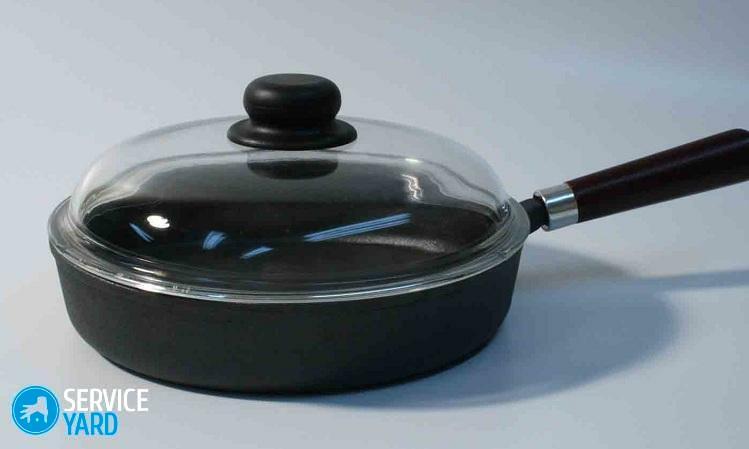
Vinegar, salt and soda
If each component individually fails, they can be mixed in the following ratio:
- Pour the vinegar so that the bottom of the dishes is completely covered with liquid and add there two tablespoons of salt.
- Bring this mixture to a boil, then add 70 grams of soda.
- Boil on a low heat for about 10 minutes, and then drain the mixture, wash the pan as usual.
Sand
This is a dish cleaner that has come to our aid for centuries, and is still relevant:
- Put sand in a cast-iron frying pan and heat for 2-3 hours.
- Then just rinse with water.
Washing powder and vegetable oil
This method is suitable for cleaning any kitchen utensils, including for the bowl multivarki:
- In the container pour a little detergent, add 2-3 tablespoons vegetable or sunflower oil.
- Bring the solution to a boil, leave it for a while to soak.
- Then you will only have to wash the dishes.
Important! Use the powder for hand washing.
Ammonium alcohol plus borax
For this method of cleaning you will need a glass of water, 10 grams of borax, a couple drops of ammonia. Apply the mixture on the dishes, leave for a while. After this, thoroughly clean the utensils with a dishwashing detergent.
Activated charcoal
Grind 10 tablets of coal, sprinkle on the surface of the dishes. Add a little water. After an hour and a half dishes can be washed in the usual way.
Important! This method is also suitable for capricious ceramic frying pans.
to the contents ↑How can I clean the Teflon and ceramic pans?
- One of the popular methods for cleaning such frying pans is boiling in a solution of water, calcified salt and washing-up liquid. For 3 liters of water there are 200 grams of detergent and 50 grams of soda. You need to take a large capacity, pour the mixture there, put the "burnt".Boil it for 30 minutes. After cleaning, wash as usual with a towel.
- The second method is also based on boiling, only for the solution use detergent powder, silicate glue. The duration of boiling depends on the degree of contamination of the dishes.
Important! Ceramic frying pans are advised to be washed by special means with the use of soft rags. Do not lower such a frying pan immediately after use in cold water for soaking - they are very sensitive to temperature changes.
to the table of contents ↑Cleaning in the dishwasher
The lucky owners of this miracle machine can use one more method to clean the frying pan from dirt and sludge. In dishwashers, there is a mode for removing the layer of boiled fat. It is enough to put the dishes in the unit, turn on the desired mode - everything is ready!
Important! However, here there are some nuances: for ceramic utensils, modes with a sudden temperature change are not recommended.
Now you have a lot to choose from, thinking over what to wash the frying pan from carbon and fat at home. See what exactly is at hand, take suitable ingredients, and act to ensure that your kitchen utensils are always in proper condition and it was nice and safe to prepare tasty and healthy food.

